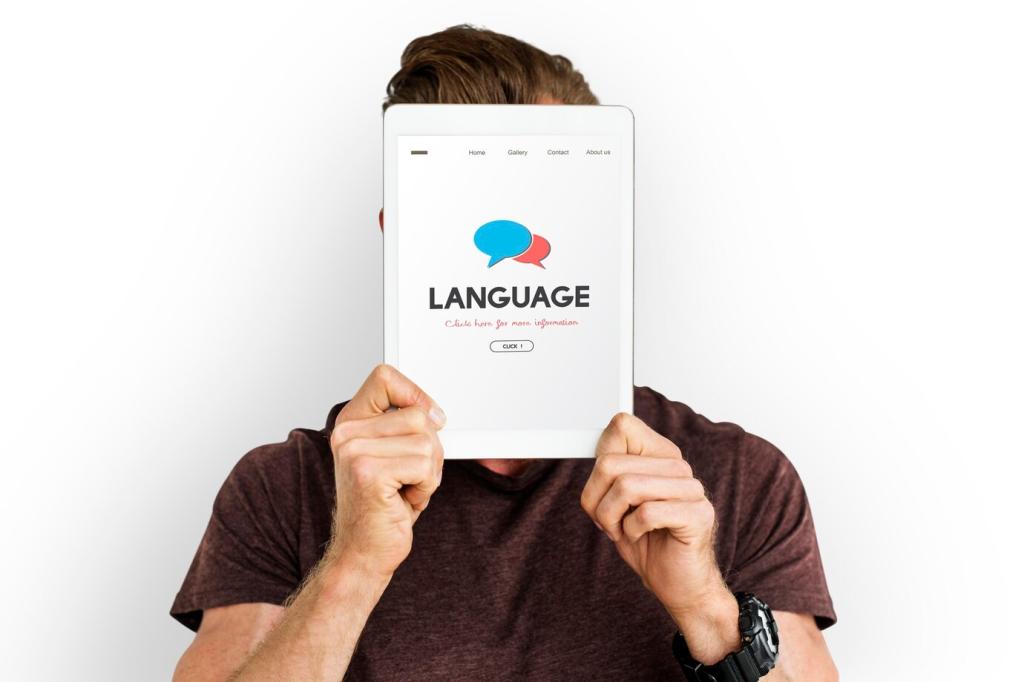Chosen theme for this edition: Networking Strategies for Aspiring Translators. Practical tactics, human stories, and gentle challenges to help you meet collaborators, clients, and mentors. Join the conversation, subscribe for templates, and tell us what you’ll try this week.
Clarify your niche and goals
Pick a niche, ideal clients, and outcomes you help deliver. For instance, Spanish–English medical translations for clinics needing plain-language patient materials. Clear focus makes intros easier, conversations richer, and referrals dramatically more likely.
Identify circles that matter
List relevant associations and communities: ATA or ITI chapters, ProZ forums, LinkedIn groups, local language meetups, and niche conferences. Prioritize two primary circles and one secondary, then commit to showing up consistently for ninety days.
Set weekly outreach rituals
Choose small, repeatable actions: three meaningful comments, two DMs, and one email introduction per week. Track them in a simple sheet. Comment “map” if you want our template and we’ll send it your way.



Make your profile discoverable
Use a clear headline with your language pair, niche, and outcome. Fill the About section with client-centered language and keywords. Add featured links to a portfolio, glossary sample, or case study readers can explore immediately.
Start conversations with posts
Share short, useful posts: terminology tips, before-and-after snippets, or notes from a webinar. Outline a simple thirty-day content plan. If you want sample prompts, subscribe and we’ll send a ready-to-use calendar.
Be a generous community member
Show up to help, not hunt. Answer questions, share resources, and tag colleagues when opportunities suit them better. Generosity builds reputation fast and returns unexpectedly, often as quiet DMs that begin promising collaborations.
Conferences and Meetups with Purpose
Plan before you go
Pick three sessions and five people to meet. Send brief pre-event notes like, I loved your article on readability. I’ll be at Session B—open to a quick hello? Intentional previews make live introductions surprisingly natural.
Stand out in the room
Ask one thoughtful question per session and take hallway notes with names, topics, and small details to reference later. A quick compliment on someone’s talk, plus a relevant resource, makes you memorable without forcing a pitch.
Follow up that feels human
Use a 2-2-2 rhythm: within two days, two weeks, and two months. Share a takeaway, a link, and a light check-in. Diego tried this after ATA and booked two pilot projects simply by staying thoughtful and consistent.

Email Outreach That Gets Replies
Find the right person
Look for vendor managers at agencies and marketing or localization leads at companies. Reference something concrete, like a recent product update, to prove you did your homework and aren’t sending a generic blast.
Make it about them
Subject ideas: Reducing Spanish onboarding questions or Glossary idea for your Latin America rollout. Two sentences, one sample, one question. Offer a tiny audit or a rewritten microcopy snippet that shows value immediately.
Follow up lightly
Schedule two friendly nudges spaced a week apart. Add a new insight or resource each time. Always include an easy opt-out. Respectful persistence signals professionalism and protects relationships, even when timing isn’t right.
Approach mentors thoughtfully
Lead with one focused question and a crisp context paragraph. Offer to share notes or help with a small task in return. Linh did this and gained quarterly check-ins that changed her niche and pricing trajectory.
Peer masterminds and accountability
Form a trio of translators in adjacent niches. Meet biweekly to review outreach metrics, swap feedback on pitches, and celebrate small wins. The structure keeps momentum when motivation wobbles, especially during quiet months.
Give first, consistently
Create and share tiny assets: a bilingual glossary, a checklist for new clients, or annotated screenshots of improved UX copy. Giving compounds goodwill, often leading to introductions you could never engineer alone.


Themed samples clients recognize
Build three sample pieces that mirror real tasks while protecting confidentiality: a product page, a help article, and an onboarding email. Frame decisions in captions so readers see your reasoning, not only the final text.

Collect testimonials ethically
Ask for feedback after a successful delivery, offering a draft to reduce effort. Request permission to quote initials and role if full names are sensitive. Even short endorsements dramatically increase replies to outreach.

Make your process visible
Share behind-the-scenes breakdowns: terminology research steps, style guide notes, or QA checklists. Process transparency reassures clients that deadlines and precision rest on reliable systems, not lucky sprints.
Sustainable Networking Mindset
Use a simple spreadsheet or CRM noting date, context, next step, and promise made. Review weekly. Noticing patterns—who replies, which messages land—lets you improve without guessing.


Sustainable Networking Mindset
Create boundaries: office hours for DMs, template responses, and days without events. Choose depth over breadth. A few genuine allies will outperform a pocket full of business cards every single time.
